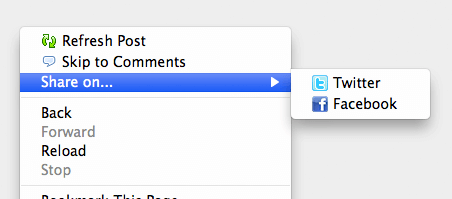designMode
Every once in a while I stumble upon an API or browser setting that I can't believe ever existed. Such examples can be seen in the numerous String.prototype properties such as bold, italics, and even blink, which wrap given string text in their representative HTML tags. Bizarre.
It was recently brought to my attention the document.designMode API: an on|off switch that acts almost like a contentEdible attribute for the entire document. You can toggle designMode by simply changing the setting:
document.designMode = "on";
With the designMode setting on, you can edit page text, drag and drop assets, and generally cause chaos on the page. This is really nice for prototyping; I'd have loved to have known about this while doing client work.
While I see uses for this API, it does feel a bit bizarre. I'd have liked to have known the origins of this property and its use cases. Have ideas about how you'd use it? Share!
![Camera and Video Control with HTML5]()
Client-side APIs on mobile and desktop devices are quickly providing the same APIs. Of course our mobile devices got access to some of these APIs first, but those APIs are slowly making their way to the desktop. One of those APIs is the getUserMedia API...
![Regular Expressions for the Rest of Us]()
Sooner or later you'll run across a regular expression. With their cryptic syntax, confusing documentation and massive learning curve, most developers settle for copying and pasting them from StackOverflow and hoping they work. But what if you could decode regular expressions and harness their power? In...
![Add Site Screenshots for External Links Using MooTools Tooltips]()
Before you send your user to an unknown external website, why not provide them a screenshot of the site via a tooltip so they may preview the upcoming page? Here's how you can do just that using MooTools.
The MooTools JavaScript
The first step is to grab...
![HTML5 Context Menus]()
One of the hidden gems within the HTML5 spec is context menus. The HTML5 context menu spec allows developers to create custom context menus for given blocks within simple menu and menuitem elements. The menu information lives right within the page so...





Hi David,
thanks for the trigger!
We digged deeper and unveiled the origin: https://twitter.com/slicknet/status/1180862121371811840
That was fun :-D